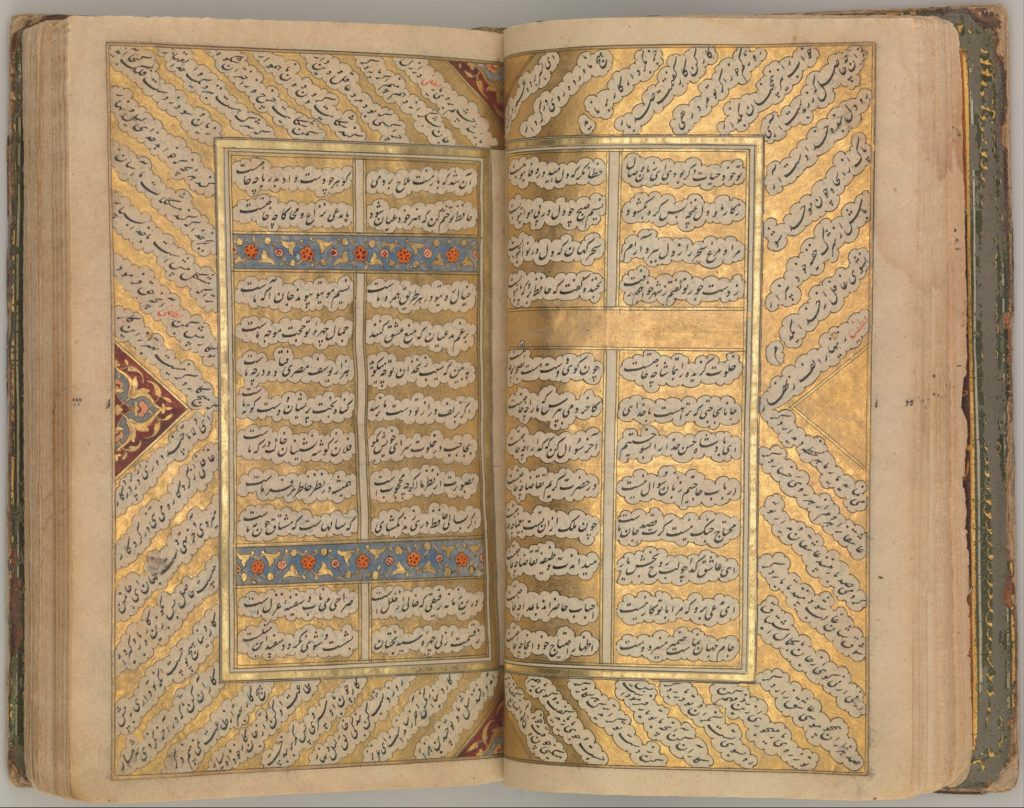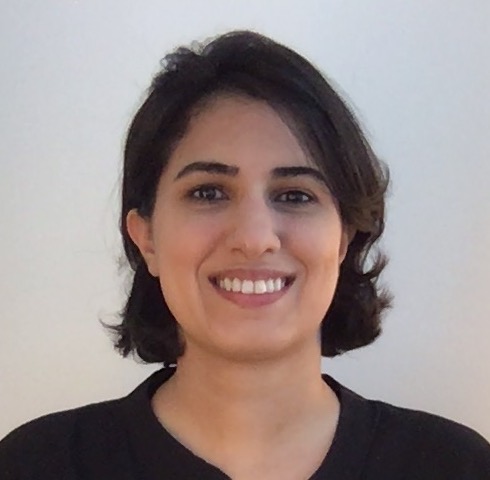
Self-proclaimed “secular” Iranians often criticize their fellow “religious” compatriots of blindly following laws of a “foreign” religion, especially when it comes to the performance of the daily prayers which is dismissed as parroting Arabic words without even trying to understand their meanings. The act of repeating foreign words day in, day out—i.e. the performance of ritual prayer (namāz)—comes to represent the irrationality of religion and the stagnation of its followers for the rational forward-moving seculars whose speech and act (as well as speech acts) are always meaningful. The perceived absence of agency on the part of the ritual-performers is reinforced by another perception, namely, the theocratic state overloading the public space with its hegemonic vision of Islam that inevitably seeps through every nook and cranny, including the private sphere of the religious individual’s mind. Niloofar Haeri’s, Say What your Longing Heart Desires: Women, Prayer, and Poetry in Iran masterfully paints a far more complex picture, one which illustrates creativity in bounded acts and ingenuity in repetition.
Focusing on the practices of a group of Shi’ite women, Haeri practices the “anthropology of Islam” à la Talal Asad by showing how her interlocutors strive to make sense of the discursive traditions of their time, understand and reformulate their shifting relationships, and achieve coherence in the face of contradictory narratives and discourses. As such, Say What Your Longing Heart Desires illustrates the amount of thinking, creativity, and negotiation that goes into understanding what it means to be a regular Muslim in the Islamic Republic of Iran in the twenty-first century. In the process, the boundaries between the religious and secular, public and private, and religion and literature are constantly crossed and undermined. It is the latter contribution on which I would like to focus further here.
In my own work, I refer to Iran as a “poetic nation” and claim that the modern discourse on the Iranian nation has been built around a perceived continuity and coherence of classical Persian poetry. It does not matter if the birthplace of the poet falls outside the modern geography of Iran—e.g. Rumi in Afghanistan or Nizami in Azerbaijan—they are the national treasures of Iran whose poems have acted and will continue to act as moral guides throughout the ages. Haeri demonstrates the importance of poetry in the daily lives of people and how much it is intertwined with every aspect of being. “Iranians do a lot with poetry: they learn to think about certain ethical values, ways of being and conducting themselves; they become literate through it; they build friendships; […] they use it to express their feelings” (45). But more importantly, “they learn to think about religion in imaginative and paradoxical ways” (ibid.).
The latter point is crucial in understanding Islam as it is lived in Iran. One of the main contributions of the academic study of religion is illustrating how the religious and secular are co-constitutive rather than two separate opposing realms (see, for example, Talal Asad’s, Formations of the Secular). Haeri further illustrates that in Iran, religion is constituted by poetry and that in the public imagination, poetry plays an authoritative role in defining, destabilizing, and pushing the boundaries of religion. Even more worthwhile, it is through ritual, that misunderstood by-product of religion, that Haeri finds the innovations and interventions informed by classical poetry. In the Iranian case, poets act as the acknowledged “legislators of the world,” if I am allowed to distort Shelley’s assertion in defense of poetry; they are the interpreters of the Qur’an.
“Mystical” poetry (sheʿr-e ʿerfāni) is where the marriage of religion and literature is most noticeable; however, howʿerfān is understood in the modern context complicates these matters further. As a modern concept whose roots go back to the Safavid period (aptly studied by Ata Anzali, another contributor to this symposium),ʿerfan troubles the religious/secular binary as an alternative “spirituality” (spirituality without religion) that can accommodate individualistic quests without the communal restrictions associated with “orthodox” Islam. ʿErfāni poetry, in this understanding, is the vehicle to express an intimate and direct relationship of human beings with the Divine. It is in this sense that poetry creates a type of (mystical?) experience, similar to Haeri’s concept of “presence.”
Haeri further illustrates that in Iran, religion is constituted by poetry and that in the public imagination, poetry plays an authoritative role in defining, destabilizing, and pushing the boundaries of religion.
ʿErfāni poetry expresses the ineffable and as such, signifies something beyond its literal meaning. It is not just the rhythm and rhyme that leave the listener with that indescribable feeling, but what is said through the unsaid, the intertextual play with the tropes of the poetic discourse, the ways the words and letters are combined and set in the assigned meter. No matter how many times one reads or hears or recites a poem by Rumi, Hafez, Saʿdi, and many others associated correctly or incorrectly to the mystical tradition, one can feel that state (hāl) which cannot be explained through words. Similarly, Haeri demonstrates how this group of Shiʿite women pour their own meanings into the scripted text of ritual prayer to “make a connection to the divine so that they may be co-present” (66). For a long time ritual prayer has been understood as meaningless, “pure actions without any function beyond their definition as obligatory acts of worship” (Steinfels, 308). But for these women, as well as for many practicing Muslims all around the world, the formal aspect of ritual prayer is a limited if not marginal concern; valid performance of the prayer is not enough. By aestheticizing the ritual, they make “the sign a more complex matter than a pairing of meaning and abstract sound image” (67).
Haeri illustrates how her interlocutors turn qāl into hāl, authoring the authorless acts of prayer each time they repeat the same words and deeds, and in the process, create a ritual of their own.
I am left with a few questions of my own after reading this thought-provoking work. We are trying to move beyond the “universal” categories that shape our discipline; we teach “religion” fully conscious (hopefully) that it is “not a native category,” but it is the category that we have. Works like Haeri’s historicize and politicize some of our analytical categories such as religion, literature, and mysticism and show that the local practitioners reconfigure these categories and take part in their global formations. If we accept this premise, can we imagine a reverse direction in this constant reconstitution of religion as we teach it in academia? Can we, for example, theorize/translate the meaning-making process at work through the companionship of poetry and prayer in Iran for the larger context in the study of religion? In a similar vein, how can the modern concept of ʿerfān, as practiced and understood by both “religious” and “secular” camps in Iran, be juxtaposed to “mysticism” as an analytical category in religious studies, anthropology, literature, philosophy, etc.? In other words, should ʿerfān be an independent category used only for studying debates in modern Iran or should we extend our signifier, i.e. mysticism, to be capable of signifying the complexities of ʿerfān within it as well?

